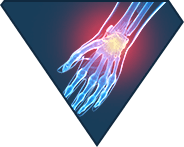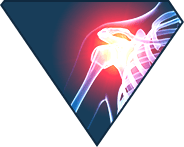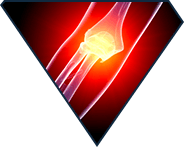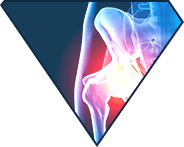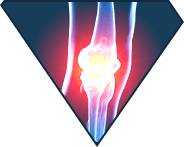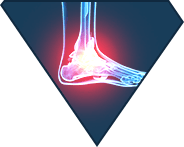Image Guided Calcific Barbotage
What is image guided calcific barbotage?

Calcific barbotage is a procedure performed to treat calcific tendinosis, a disorder characterized by abnormal deposition of calcium in the tendons. Build-up of calcium deposits can cause increased pressure and chemical irritation leading to severe pain and disability. Calcium tendinosis usually affects the tendons of the shoulder but can also affect tendons of the wrist, foot, hip and spine. Image guided calcific barbotage is a procedure to break up the calcium deposits. It involves the use of a fine needle guided with the help of live imaging studies to break up the areas of calcification.
What is the imaging technique for calcific barbotage?
While the procedure can be performed using X-rays, ultrasonography provides a detailed 3D view of the calcium deposits, anatomic structures and needle tip and does not use ionizing radiation making it the preferred mode of guidance.
How is image guided calcific barbotage performed?
Image guided calcific barbotage can be performed as an outpatient procedure. It usually takes no more than 45 minutes. Initially, a diagnostic ultrasound is performed. The skin over the target area is then marked, sterilized, and a local anaesthetic administered to numb the area. Using ultrasound guidance, the needle is directed through the skin directly to the calcium deposit. The calcium deposit is then broken up or aspirated and the area punctured several times in order to stimulate healing after which more anaesthetic is placed in the area.
Are there any side effects?
The procedure is considered safe with only a small risk of infection, bleeding or allergy to the medication. There may be pain at the site of the procedure, but with the use of local anaesthetic it is usually well tolerated. You are advised against driving for 24 hours following the procedure. Occasionally, two treatment sessions may be required with the second procedure being performed after 6 weeks.



